Chao Han
Preliminary Investigation into Data Scaling Laws for Imitation Learning-Based End-to-End Autonomous Driving
Dec 03, 2024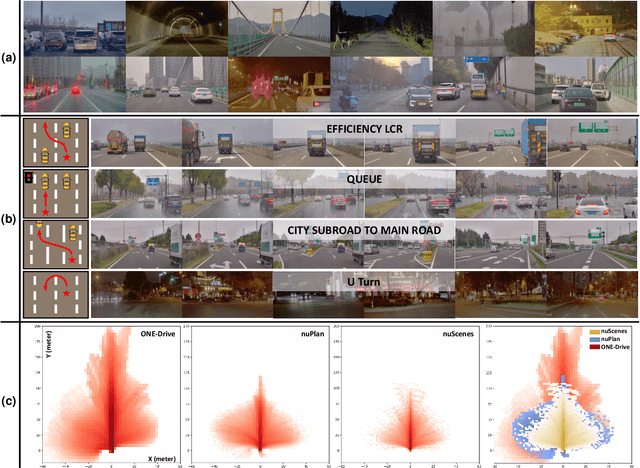

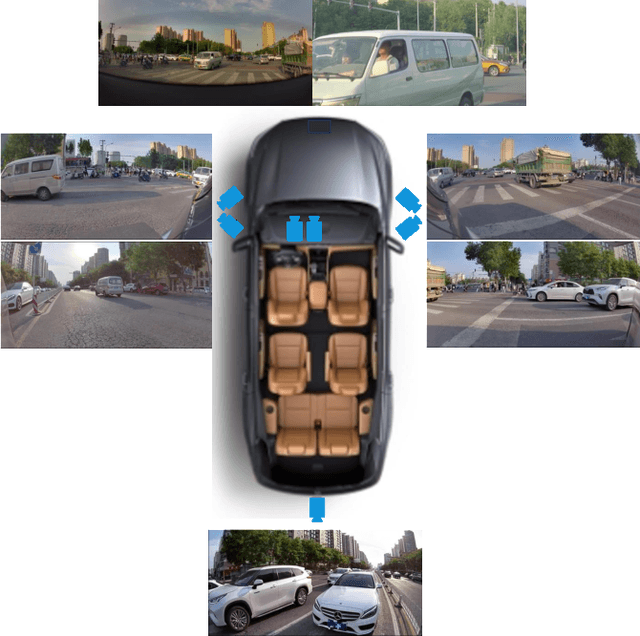
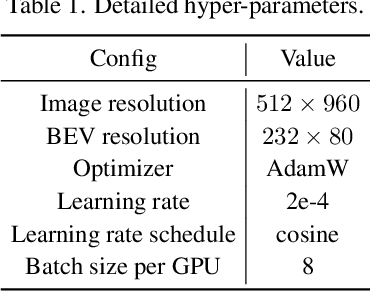
Abstract:The end-to-end autonomous driving paradigm has recently attracted lots of attention due to its scalability. However, existing methods are constrained by the limited scale of real-world data, which hinders a comprehensive exploration of the scaling laws associated with end-to-end autonomous driving. To address this issue, we collected substantial data from various driving scenarios and behaviors and conducted an extensive study on the scaling laws of existing imitation learning-based end-to-end autonomous driving paradigms. Specifically, approximately 4 million demonstrations from 23 different scenario types were gathered, amounting to over 30,000 hours of driving demonstrations. We performed open-loop evaluations and closed-loop simulation evaluations in 1,400 diverse driving demonstrations (1,300 for open-loop and 100 for closed-loop) under stringent assessment conditions. Through experimental analysis, we discovered that (1) the performance of the driving model exhibits a power-law relationship with the amount of training data; (2) a small increase in the quantity of long-tailed data can significantly improve the performance for the corresponding scenarios; (3) appropriate scaling of data enables the model to achieve combinatorial generalization in novel scenes and actions. Our results highlight the critical role of data scaling in improving the generalizability of models across diverse autonomous driving scenarios, assuring safe deployment in the real world. Project repository: https://github.com/ucaszyp/Driving-Scaling-Law
Dynamical-VAE-based Hindsight to Learn the Causal Dynamics of Factored-POMDPs
Nov 12, 2024



Abstract:Learning representations of underlying environmental dynamics from partial observations is a critical challenge in machine learning. In the context of Partially Observable Markov Decision Processes (POMDPs), state representations are often inferred from the history of past observations and actions. We demonstrate that incorporating future information is essential to accurately capture causal dynamics and enhance state representations. To address this, we introduce a Dynamical Variational Auto-Encoder (DVAE) designed to learn causal Markovian dynamics from offline trajectories in a POMDP. Our method employs an extended hindsight framework that integrates past, current, and multi-step future information within a factored-POMDP setting. Empirical results reveal that this approach uncovers the causal graph governing hidden state transitions more effectively than history-based and typical hindsight-based models.
Large region targets observation scheduling by multiple satellites using resampling particle swarm optimization
Jun 21, 2022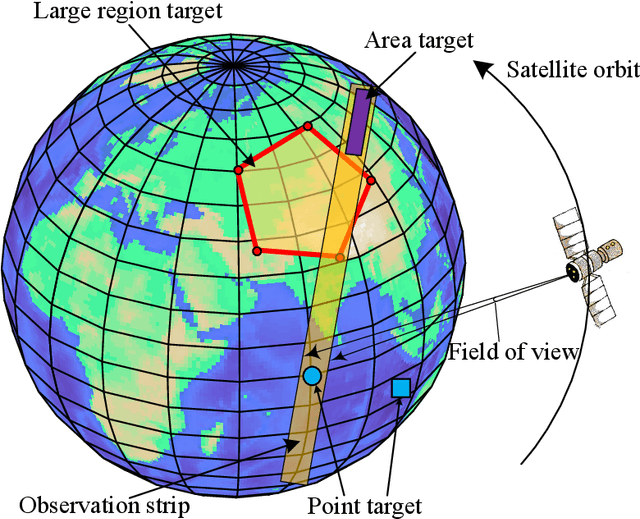
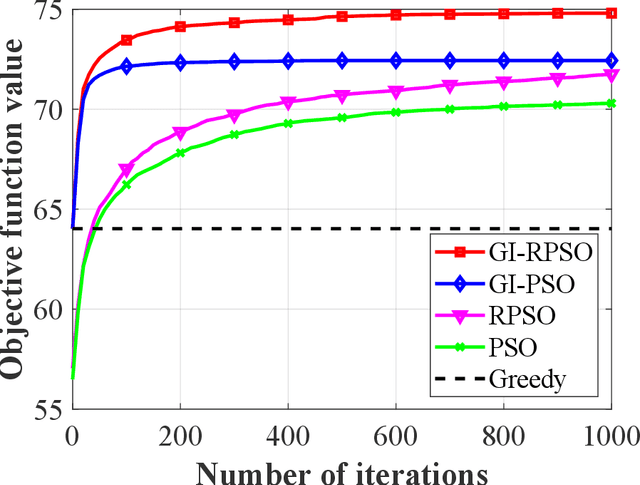
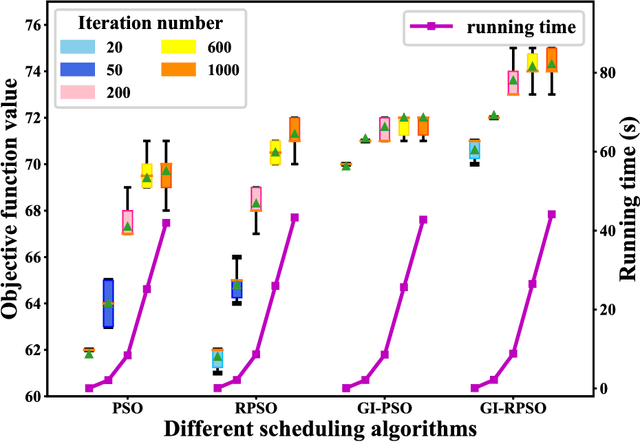
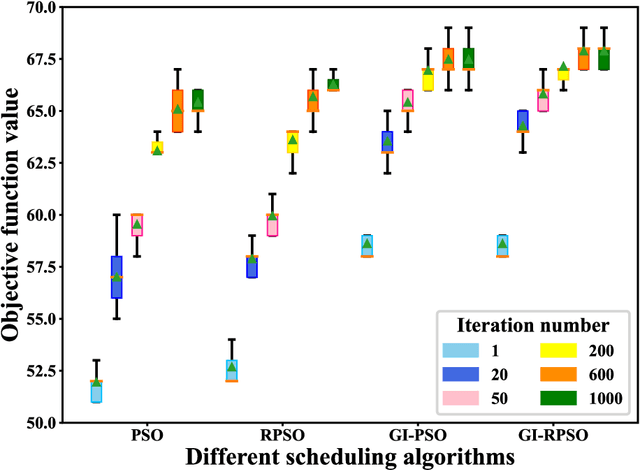
Abstract:The last decades have witnessed a rapid increase of Earth observation satellites (EOSs), leading to the increasing complexity of EOSs scheduling. On account of the widespread applications of large region observation, this paper aims to address the EOSs observation scheduling problem for large region targets. A rapid coverage calculation method employing a projection reference plane and a polygon clipping technique is first developed. We then formulate a nonlinear integer programming model for the scheduling problem, where the objective function is calculated based on the developed coverage calculation method. A greedy initialization-based resampling particle swarm optimization (GI-RPSO) algorithm is proposed to solve the model. The adopted greedy initialization strategy and particle resampling method contribute to generating efficient and effective solutions during the evolution process. In the end, extensive experiments are conducted to illustrate the effectiveness and reliability of the proposed method. Compared to the traditional particle swarm optimization and the widely used greedy algorithm, the proposed GI-RPSO can improve the scheduling result by 5.42% and 15.86%, respectively.
Empowering Mobile Edge Computing by Exploiting Reconfigurable Intelligent Surface
Feb 04, 2021

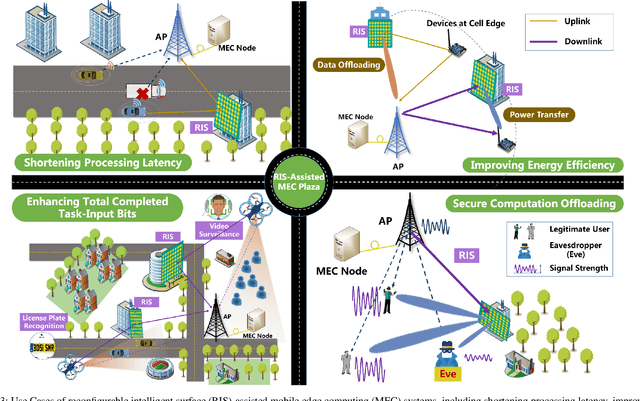
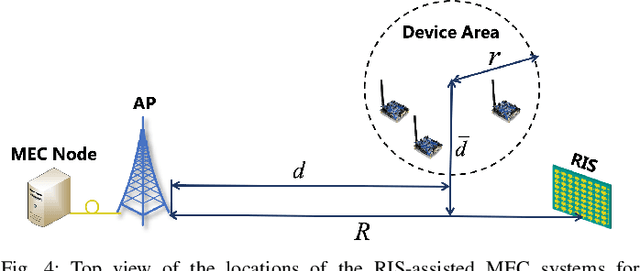
Abstract:Along with the proliferation of sensors and of smart devices, an explosive volume of data will be generated. However, restricted by their limited physical sizes and low manufacturing costs, these wireless devices are typically equipped with limited computational capabilities and battery lives and thus incapable of processing data time-efficiently. To overcome this issue, the paradigm of mobile edge computing (MEC) is proposed, where wireless devices may offload all or a fraction of their computation tasks to their nearby computing nodes deployed at the network edge. At the time of writing, the benefits of MEC systems have not been fully exploited, predominately because the computation offloading link is still far from the perfect. In this article, we propose to empower the MEC systems by exploiting the emerging technique of reconfigurable intelligent surfaces, which is capable of reconfiguring the wireless propagation environments and hence of enhancing the offloading links. The beneficial role of RISs can be exploited by jointly optimizing both the RISs as well as communications and computing resource allocations of MEC systems, which imposes new research challenges on the systemic design and thus necessitates a specific investigation. Against this background, this article provides an overview of RIS-assisted MEC systems and highlights their four use cases as well as their design challenges and solutions. Then their advantageous performance is validated with the aid of a specific case study. Finally, a guide on future research opportunities is elucidated.
Artificial Intelligence Methods in In-Cabin Use Cases: A Survey
Jan 06, 2021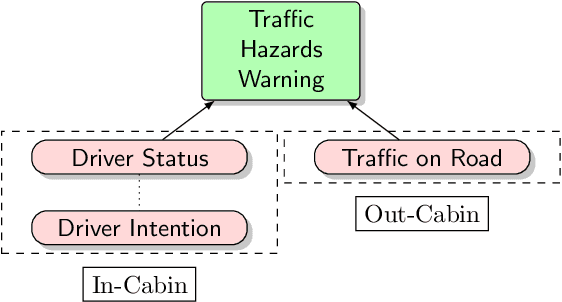
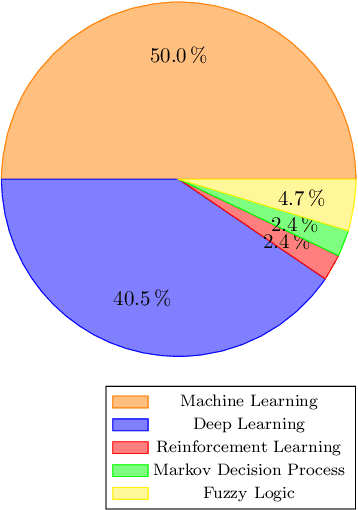
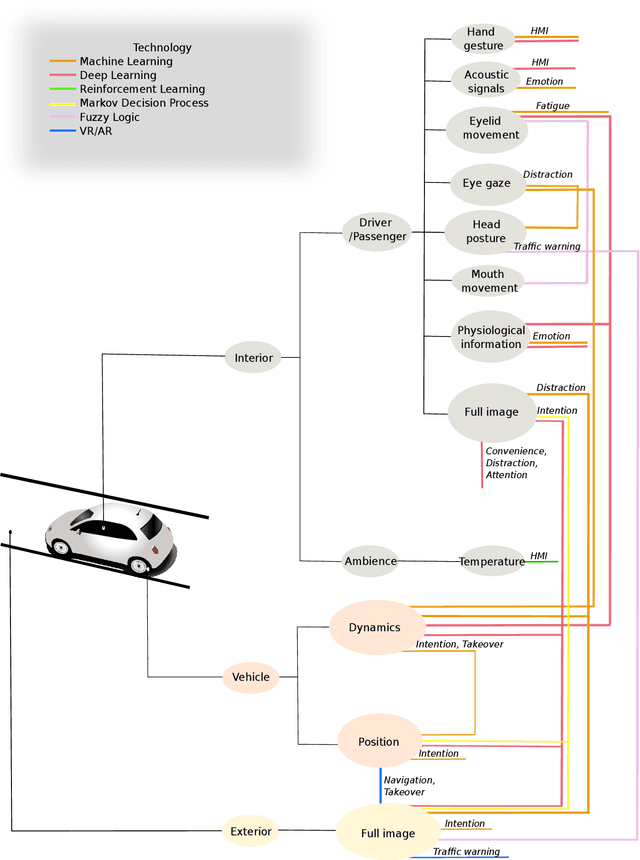
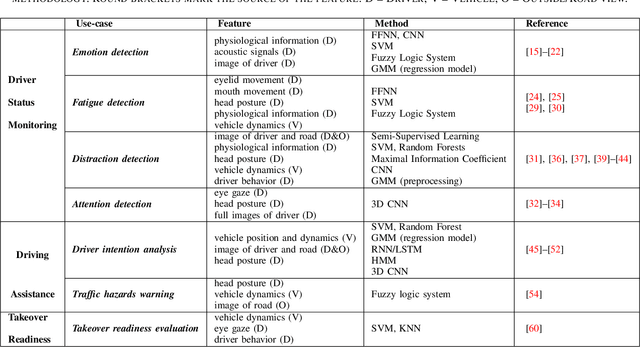
Abstract:As interest in autonomous driving increases, efforts are being made to meet requirements for the high-level automation of vehicles. In this context, the functionality inside the vehicle cabin plays a key role in ensuring a safe and pleasant journey for driver and passenger alike. At the same time, recent advances in the field of artificial intelligence (AI) have enabled a whole range of new applications and assistance systems to solve automated problems in the vehicle cabin. This paper presents a thorough survey on existing work that utilizes AI methods for use-cases inside the driving cabin, focusing, in particular, on application scenarios related to (1) driving safety and (2) driving comfort. Results from the surveyed works show that AI technology has a promising future in tackling in-cabin tasks within the autonomous driving aspect.
Simulated annealing based heuristic for multiple agile satellites scheduling under cloud coverage uncertainty
Mar 14, 2020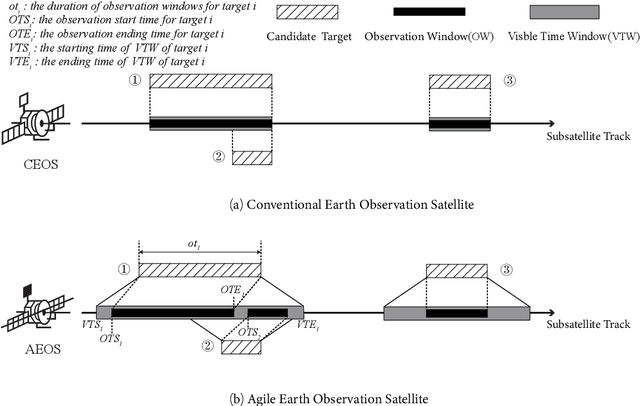
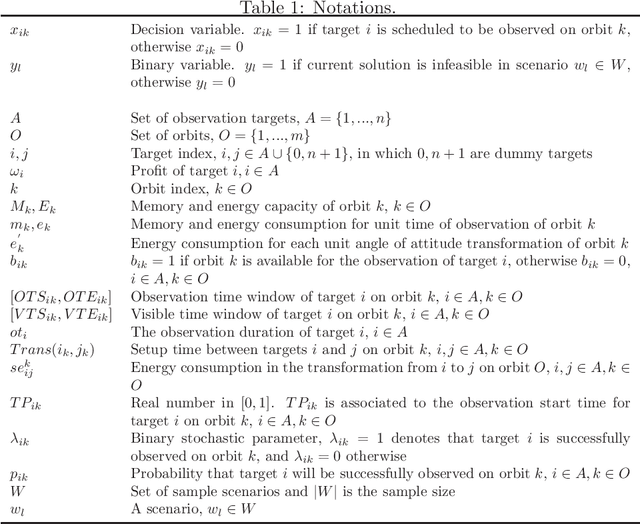


Abstract:Agile satellites are the new generation of Earth observation satellites (EOSs) with stronger attitude maneuvering capability. Since optical remote sensing instruments equipped on satellites cannot see through the cloud, the cloud coverage has a significant influence on the satellite observation missions. We are the first to address multiple agile EOSs scheduling problem under cloud coverage uncertainty where the objective aims to maximize the entire observation profit. The chance constraint programming model is adopted to describe the uncertainty initially, and the observation profit under cloud coverage uncertainty is then calculated via sample approximation method. Subsequently, an improved simulated annealing based heuristic combining a fast insertion strategy is proposed for large-scale observation missions. The experimental results show that the improved simulated annealing heuristic outperforms other algorithms for the multiple AEOSs scheduling problem under cloud coverage uncertainty, which verifies the efficiency and effectiveness of the proposed algorithm.
 Add to Chrome
Add to Chrome Add to Firefox
Add to Firefox Add to Edge
Add to Edge